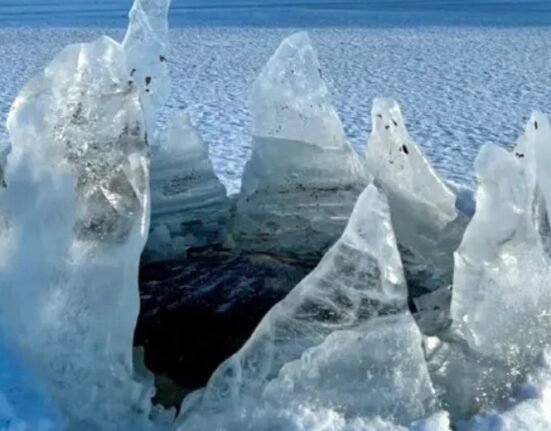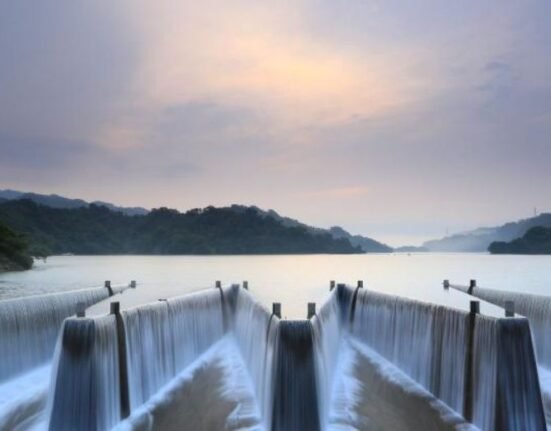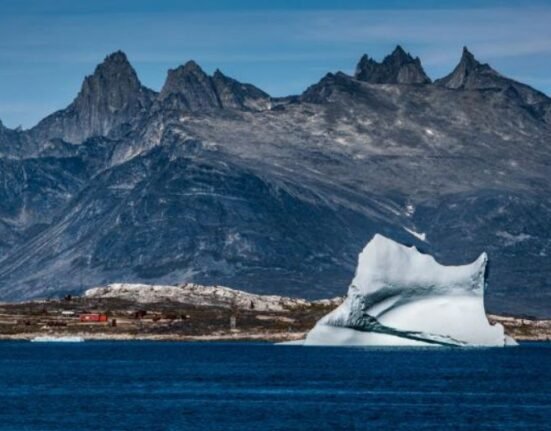HQ Team
February 2, 2023: The WMO is working on a plan to gauge heat-trapping atmospheric pollutants on the planet by creating a network of ground-based stations.
The governments and the international scientific community are seriously considering a plan to verify air quality data flagged by satellites or planes in the next five years.
“At present, there is no comprehensive, timely international exchange of surface and space-based greenhouse gas observations,” the World Meteorological Organisation said in a statement.
The WMO called for “improved (international) collaboration” and data exchange to support the 2015 Paris Agreement, which provides a roadmap for reduced carbon emissions and climate resilience.
Research funding dependency
Some governments and international organizations undertake specific monitoring activities and maintain datasets, but there needs to be a steering mechanism, and there is undue reliance on research funding.
“It’s not just anthropogenic emissions (that will be monitored), but what the forests are doing, what the oceans are doing,” said Dr Oksana Tarasova, a senior scientific officer at WMO. “We need this information to support our mitigations because we have no time to lose.”
The proposed monitoring system would improve understanding of the carbon cycle and help cut uncertainties in estimates of the strength of natural sources and sinks, such as the biosphere, the ocean and the permafrost areas.
The system will provide sustained delivery of consolidated, top-down, monthly, global estimates of net greenhouse gas fluxes into and out of the atmosphere at a 100-by-100 kilometre resolution.
According to the WMO, understanding the entire carbon cycle is vitally essential for planning mitigation activities since climate change is driven by the total amount of greenhouse gas content of the atmosphere, irrespective of their origin, natural or human-induced.
Top-down approach
In 2022, the WMO reported the largest-ever observed methane increase, “and the reasons for this increase are still unknown,” Tarasova said.
“So one of the functions of this new proposed infrastructure would be to help fill in the gaps which we have in our knowledge regarding the observations and the use of these observations.”
The planned greenhouse gas monitoring infrastructure would be a top-down approach to the flux evaluation, which builds on existing capabilities in surface- and space-based observations and modelling and ensures a timely exchange of observations and data.
International coordination entities such as GCOS, CEOS, CGMS, GEO, and IOC, GOOS, are involved in the plan to build the network.
Cooperation between governments, international organizations and the private sector will be essential if the proposed Global Greenhouse Gas Monitoring plan is to be viable. “Just as important will be increased coordination between surface-based, airborne and space-based observation networks.”
Make informed decisions
“With more precise and long-term data, we will gain a better understanding of our changing atmosphere,” the UN agency said. “We will be able to make more informed decisions, and we will understand if the actions we have taken have the desired effect.”
The Earth’s atmosphere is mainly made up of nitrogen and oxygen. Still, there are also many different trace gases and particles that have a substantial impact on life and the natural environment.
Since industrialization, emissions of greenhouse gases have changed atmospheric composition dramatically.
The WMO has repeatedly warned that increasing levels of greenhouse gases such as carbon dioxide and methane are contributing to global warming and driving climate change.
“These and other pollutants are also affecting air quality for humans, agriculture and ecosystems, which is why accurate measurements of the air we breathe are so important,” according to the UN agency’s statement.








